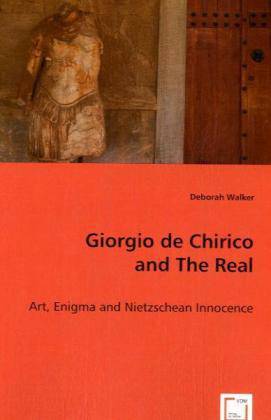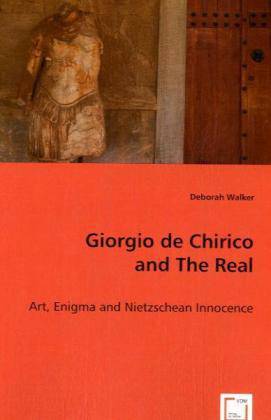
- Afhalen na 1 uur in een winkel met voorraad
- Gratis thuislevering in België vanaf € 30
- Ruim aanbod met 7 miljoen producten
- Afhalen na 1 uur in een winkel met voorraad
- Gratis thuislevering in België vanaf € 30
- Ruim aanbod met 7 miljoen producten
Zoeken
Giorgio de Chirico and The Real
Art, Enigma and Nietzschean Innocence
Deborah Walker
Paperback | Engels
€ 48,45
+ 96 punten
Omschrijving
Due to the implacable,enigmatic nature of Giorgio de Chiricos vision, there has been numerous, conflicting interpretations of his painting. This discussion considers the artists integration of Nietzschean philosophy, particularly his perspectivism, the symbolism of Grecian myths and his enigmatic figuration. These ingredients are used as an insight into de Chirico's aesthetic achievements. The artists work is characterized by a consideration of appearance and reality; his seemingly straightforward images suggest a sense of accessibility, yet they are ultimately irreducible to knowing. His haunting images include references to both the Italian Risorgimento and Nietzsches Birth of Tragedy, and these are used in part as an interpretive framework. De Chirico\'s fascination with the poetic content of Nietzschean themes is particularly relevant in the light of the Apollonian-Dionysian disunity; a work that acts as a touchstone to the understanding of de Chiricos visual mystery.
Specificaties
Betrokkenen
- Auteur(s):
- Uitgeverij:
Inhoud
- Aantal bladzijden:
- 84
- Taal:
- Engels
Eigenschappen
- Productcode (EAN):
- 9783639042016
- Uitvoering:
- Paperback
- Afmetingen:
- 150 mm x 220 mm
- Gewicht:
- 142 g

Alleen bij Standaard Boekhandel
+ 96 punten op je klantenkaart van Standaard Boekhandel
Beoordelingen
We publiceren alleen reviews die voldoen aan de voorwaarden voor reviews. Bekijk onze voorwaarden voor reviews.








